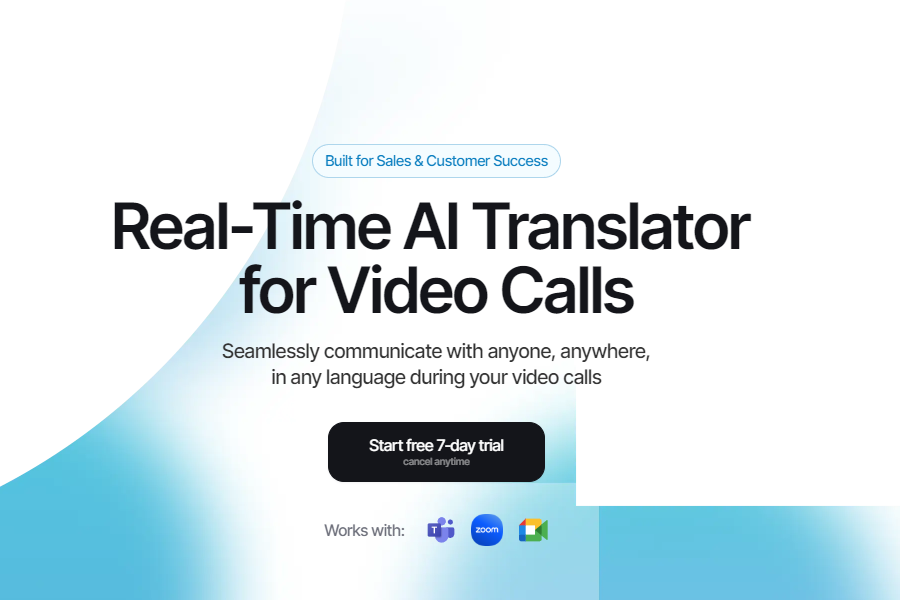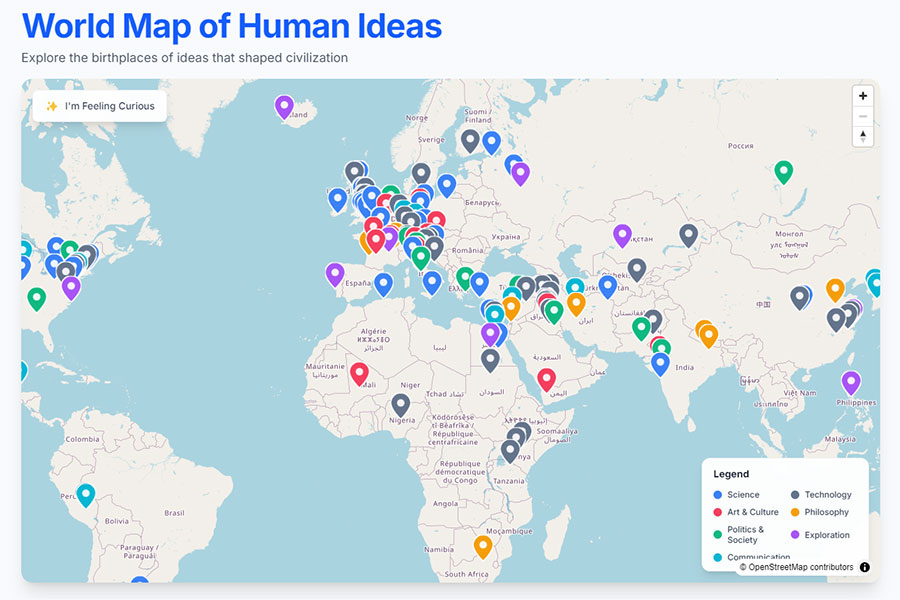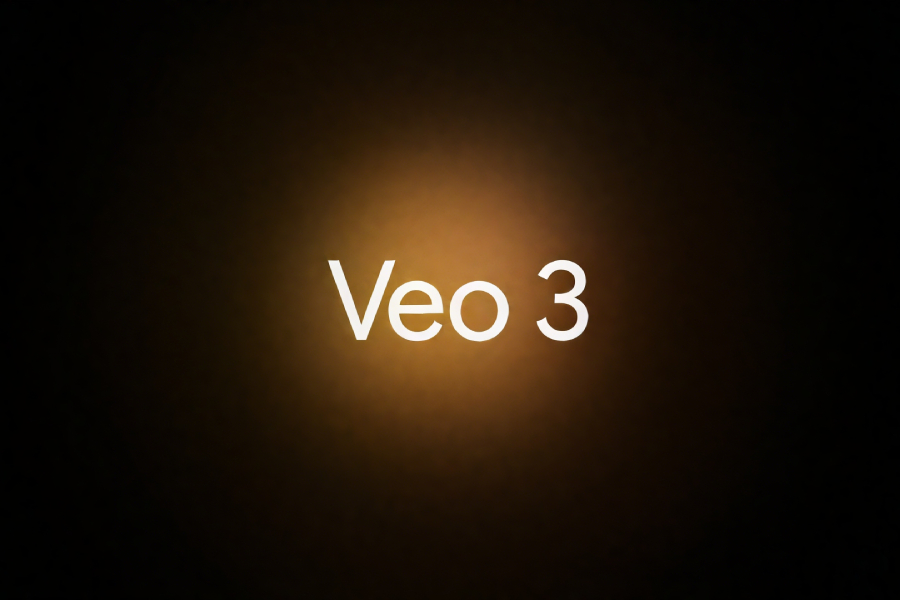
Veo 3
AI Video Tool
Google’s next-generation video generation model
What is Google Veo 3?
Veo 3 is the third-generation AI video-generation model unveiled by Google DeepMind at the May 2025 I/O developer conference, representing the current pinnacle of AI video generation. Compared with its predecessors, Veo 3’s biggest breakthrough is its ability to process and generate both visual and auditory content simultaneously, producing high-quality video from text and image prompts while automatically adding dialogue, ambient sound, and other audio elements.
The model is trained on Google’s formidable technical foundation and the massive video data resources of the YouTube platform, achieving true audio-visual synchronous generation. It not only understands complex textual descriptions but also translates them into cinematic moving images paired with perfectly matched sound effects.
Veo 3’s arrival signals that AI video generation has moved beyond mere “image making” into a new era of “full-spectrum audiovisual experience creation,” definitively ending the “silent-film era” of AI video.
Core Functional Characteristics of Google Veo 3
Veo 3’s feature set is impressive; it is far more than a simple text-to-video tool—it is a complete video-creation solution.
First and foremost is its outstanding video-generation capability. Veo 3 supports output up to 4 K resolution and excels at physics simulation and lip-sync, accurately replicating real-world dynamics.
Its audio-generation functionality is equally remarkable. Employing Google DeepMind’s V2A (Video-to-Audio) technology, it can automatically create full soundtracks—including dialogue, action sounds, ambience, and background music—from the pixels and text prompts. This means users obtain perfectly synchronized audio and video in a single step, with no post-production audio work required.
Veo 3 also supports multimodal input methods. Users can generate video from pure text descriptions or upload a still image as the starting frame to guide the model toward the desired motion. This flexibility greatly extends application scenarios, letting users begin creation from different starting points.
The latest version of Veo 3 introduces advanced camera-control features, allowing users to dictate camera movement, shot type, and framing through detailed instructions, achieving truly director-level precision. This includes specifying slow push-ins, wide-angle views, tracking shots, and other professional cinematographic techniques.
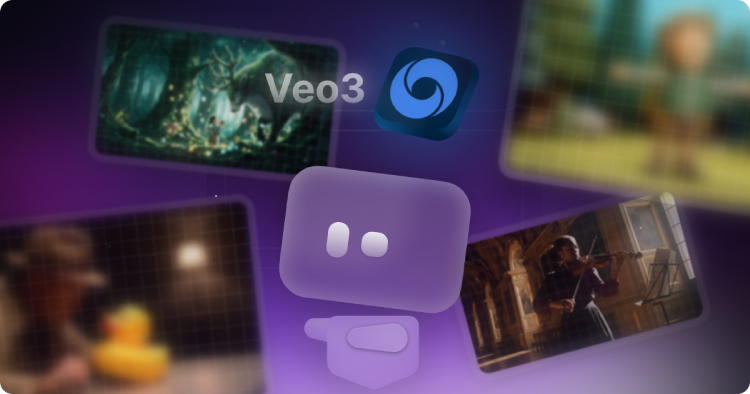
How to Access the Official Veo 3 Platform
Access to Veo 3 is provided through two official channels: the Google Flow platform and the Gemini app. Google Flow is an AI studio designed specifically for video creators and is located at https://flow.google/. There, users enjoy the most complete Veo 3 experience.
Alternatively, users can access Veo 3 features through the Gemini app (web or mobile) simply by entering the appropriate commands in the chat window. This approach is more suited for quick generation and casual experimentation.
Google Veo 3 Usage Methods and Practical Tips
Creating video with Veo 3 is intuitive but requires skill. The basic workflow begins with crafting an effective prompt. A high-quality prompt should include scene description, character actions, mood, and audio cues.
For example, an effective prompt might be: “Cinematic tracking shot: a young woman runs through a night alley lit by neon lights, rain falling steadily, her footsteps echoing. Camera follows from behind. Audio: heavy rain, quick footsteps, distant sirens.”
For users seeking greater precision, Veo 3 supports structured prompts in JSON format. This allows users to give the AI categorized, director-like instructions separately controlling camera, subject, scene, visual details, cinematography, and audio.
Practice shows that using JSON format significantly improves generated-video quality and consistency. Compared with ordinary descriptive text, JSON delivers cinematic-level output in clarity, detail richness, professionalism, and creative realization.
After generation, users can preview, download, or further edit. Veo 3 supports multi-shot video creation; after generating the first shot, users can add preceding or succeeding scenes to build more complex narratives.
Veo 3 Pricing Strategy and Version Selection
Veo 3 employs a subscription pricing model; full access currently requires subscribing to Google’s Ultra plan at US249.99 per month. This price point is clearly aimed at professional users and enterprise clients.
To meet different needs, Veo 3 offers multiple generation modes. Fast mode consumes 20 credits and is quicker, ideal for quick previews or cases where ultimate quality is not required; Quality mode consumes 100 credits and yields finer visuals, suitable for professional-grade output.
For enterprise users, Google also provides Veo 3 through the Vertex AI platform, including enterprise-grade features such as SynthID watermarking and indemnity protections. This allows companies to integrate Veo 3 safely into their content-production workflows.
While some users may find the price steep, considering the human, equipment, and time costs of traditional video production, Veo 3 actually offers a more economical and efficient solution, especially for creators and enterprises that need large volumes of video content.
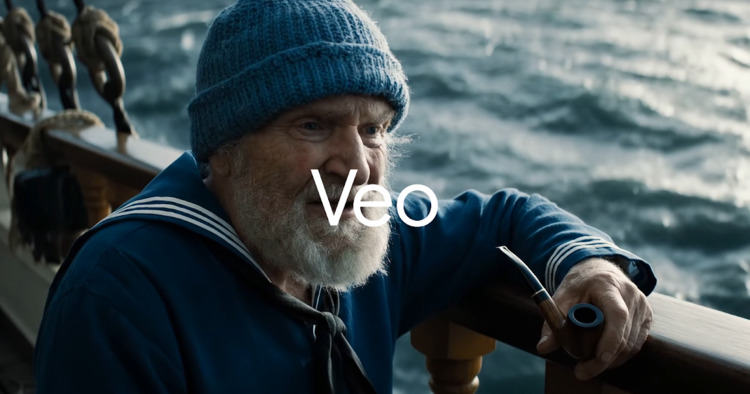
Latest Progress and Version Iterations of Google Veo 3
Since its May 2025 launch, Veo 3 has undergone several important updates. The most notable was the major July 2025 upgrade, which significantly boosted generation speed and introduced Veo 3 Fast, optimized for rapid iteration.
Veo 3 Fast supports 1080p HD generation and features native audio generation, including lip-sync speed and matching sound effects. This is a major boon for users who need rapid creation of ads, product demos, and short-form content.
Another key update is the enhanced image-to-video feature. Starting August 2025, Veo 3 Fast began public preview of image-to-video for creating 8-second clips, accelerating the prompting process to further shorten generation times.
Data show that Veo 3 has generated over 70 million videos since launch, and since its June availability on Vertex AI, enterprise clients have created more than 6 million videos. These numbers fully demonstrate the market’s strong recognition of and demand for AI video-generation technology.
Target Users and Applicable Scenarios of Google Veo 3
Veo 3’s versatile features make it suitable for a broad user base. First are marketing and advertising professionals, who can use Veo 3 to quickly create product promos, ad variants, and social-media content, greatly shortening the time from concept to final video.
Educators and trainers are also major beneficiaries. They can turn static historical photos into dynamic teaching materials or create vivid explanatory videos and training content, enhancing the learning experience.
Independent creators and small studios likewise benefit enormously. Traditional video production often requires expensive equipment and professional skills, whereas Veo 3 enables resource-limited creators to achieve high-quality visual expression.
Even ordinary consumers can find uses for Veo 3—adding animation to family albums, for instance, bringing static memories to life. This trend toward democratized video-creation tools is changing how people express and share stories.
At the enterprise level, Veo 3 is particularly suited for creating localized video content; companies may need the same clip in multiple languages quickly, and Veo 3 greatly improves the efficiency of this process.
Conclusion
Google Veo 3 represents a major leap in AI video generation, combining text-to-video, audio synthesis, and shot-level control to bring revolutionary change to video creation. Although current price and technical barriers may not suit all users, its trajectory clearly indicates the future direction of AI video generation.
As technology continues to spread and optimize, we can expect Veo 3 and its successors to offer longer generation durations, higher resolution, and more accessible pricing. For users eager to explore AI video creation, now is the best time to start learning and experimenting.
Whether you are a professional video maker or a creativity-filled enthusiast, Veo 3 deserves your attention. It is not merely a tool but a creative partner waiting to help you turn imagination into visual reality.
